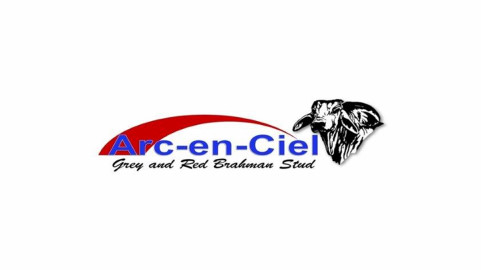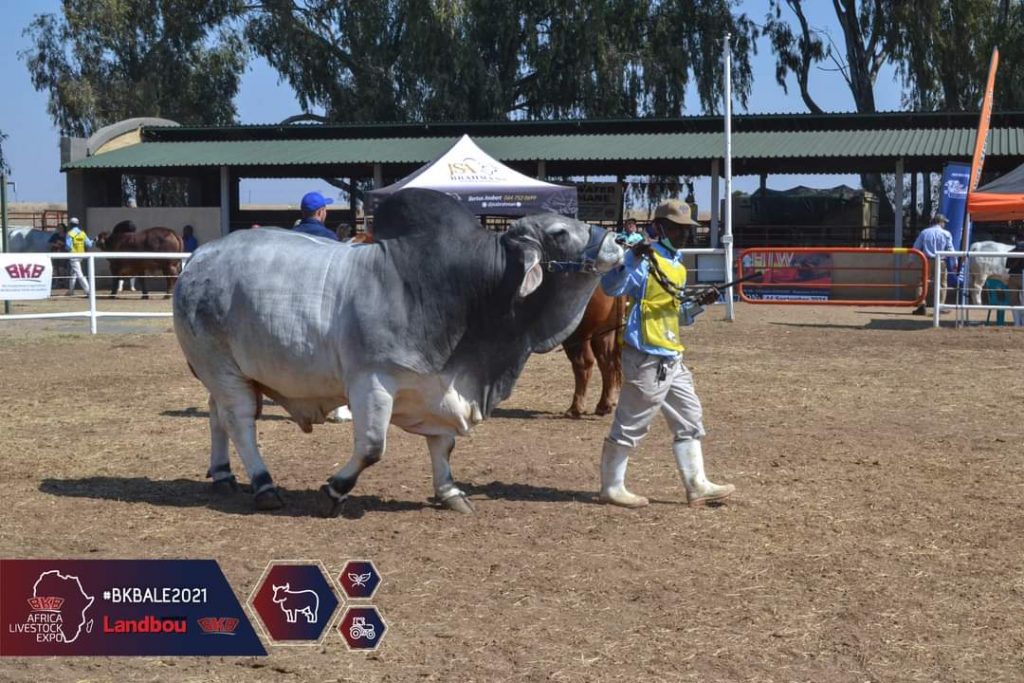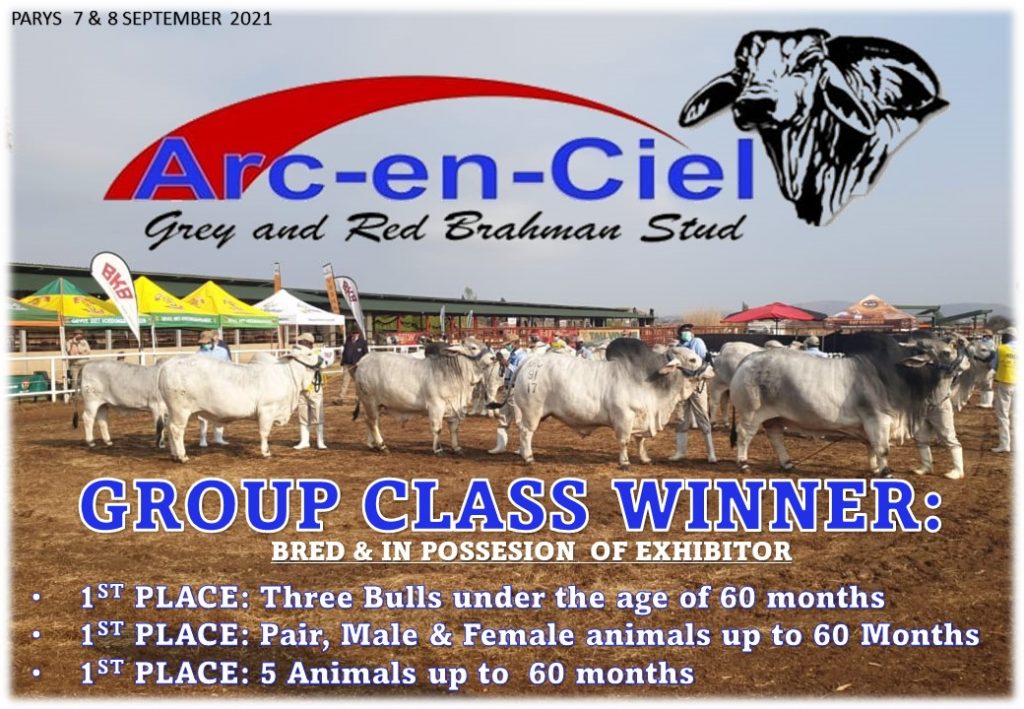
“n Stoet boerdery van formaat” op Secunda se voorstoep. Arc en Ciel Stoet!
Mens sien gereël die mooi beeste langs die pad maar skenk nie regtig aandag aan die boerdery nie.
Arc en Ciel is egter ‘n boerdery wat die pas aangee in die Brahman bedryf en beeste vanaf dié kudde is baie gesog onder ander boere.
Die boerdery het in 2009 sy onstaan gehad en daar is ongeveer 600 stoet beeste en 100 komensiele beeste op die plaas.
Die Bulletin het met Cor Loggenberg, Kudde Bestuurder, gesels oor wat presies daar aangaan. Kyk gerus na die video hieronder.
Die Arc en Ciel naam het al vir verskeie verrassings gesorg soos met die uitstaande prestasie om slegs die tweede stoet te word wat met 4 Nationale Kampioene bekroon te word. Die Arc en Ciel stoet stof gereëld ander boerdery uit op skoue met die hoë gehalte diere.
Die beeste word met baie groot sorg gehanteer en die skou beeste is baie mak. Tydens die onderhoud met Cor Loggenberg, Kudde bestuurder, het die beeste stil gestaan en kon maklik aan geraak word. Hulle hou van die aandag.

Brahman beeste is baie nuuskierig en sal maklik nader loop om ons kameras te beruik en te lek. Hulle is ook baie intelegente beeste. Brahmane is ‘n goeie keuse om mee te boer omdat hulle ‘n hoë toleransie het vir Hitte, sonlig en humiditeit, hulle het ook ‘n hoë weerstand teen parasiete. (wikipedia)
Die Brahman is nie eie aan Suid Afrika nie en sy oorsprong kom van Amerika af.
Also read: KNP tourist facilities to receive a makeover
Die volgende uitreksel is vanaf die Webblad “Brahman Cattle, Beef Production in South Africa”
The Brahman is the first cattle breed to have been developed in the United States and is now part of the beef production in South Africa. European breeds struggled to reach their full genetic potential under the harsh climatic and veld conditions of states, such as California, Louisiana and Texas. To overcome this, hardier humped cattle (Bos indicus), which are breeds that trace their ancestry back to India and Pakistan, were imported into the States from India, Mexico and Brazil between 1854 and 1926.
Fewer than three hundred cattle were imported over this time, with most of these animals being either from the Guzerat, the Nelore and Gyr and to a lesser extent the Krishna Valley breeds, which are all purebred Zebu types in their country of origin. These animals were crossed with the local European breeds and by the fifth generation produced cattle that were generally superior to the original imported animals; both Bos indicus and Bos taurus types.
The American Brahman Breeders Society was formed in 1924, after farmers started to realise the value of the breed, and since then the breed has been exported to almost everywhere across the world. The breed’s name refers to the Eastern heritage of the breed, suggested by the Society’s first chairman, JW Sartwell from Houston. The word Brahmin is used in India for a spiritual or holy person and cattle are seen as being holy in this country.
Production in South Africa
Namibian farmer, Jürgen Cranz is seen as the “father” of the Southern African Brahman, as he was the first to import the cattle in 1954. According to the Brahman Breeders Society of South Africa, Jürgen went to the United States on his honeymoon with his wife Vera. While there, they bought seven Brahman bulls and ten calves from JD Hudgins and three bulls from Vernon Frost.
The couple travelled with the cattle on a ship from New Orleans to Cape Town, where the animals created havoc after breaking loose in Cape Town harbour. Everybody tried desperately to recapture the bewildered animals, until a policeman, who grew up on a farm, came to their aid. After quarantine, the cattle were transported by truck to Namibia, with Jürgen on lucerne bales between the animals.
James Gregory was the first to bring the Brahman to South Africa, buying his first bull from Jürgen. The Brahman Cattle Breeders Society was established in 1957 in Kroonstad, by which time 260 Brahmans had already been imported to South Africa, Namibia and Zimbabwe.

Attributes
The Brahman is a medium-sized beef breed, with bulls weighing between 700 to 1000 kg and cows weighing between 450 kg to 650 kg. Calves are generally small, with a birth weight averaging between 25 to 35 kg, but grow rapidly and wean at weights comparable to other breeds.
Brahman cattle vary in colour from very light grey or red to almost black. Their short glossy hair and pigmented skin help to reflect sunlight, which allows the animals to adapt in very hot and humid conditions. They also have more sweat glands than most of the European breeds, and lots of loose skin, which increases their body surface area and helps with temperature regulation.
They are also extremely hardy, with their short hair making it difficult for parasites to attach to it and the cattle secreting an oily substance that repels insects.
The cows can have long productive lives, lasting up to twenty years, and have excellent maternal traits, making them sought after in crossbreeding programmes. The South African Brahman Breeders Society describes the Brahman as “an intelligent animal that adapts well to routine and develops a mild temperament when treated gently.”